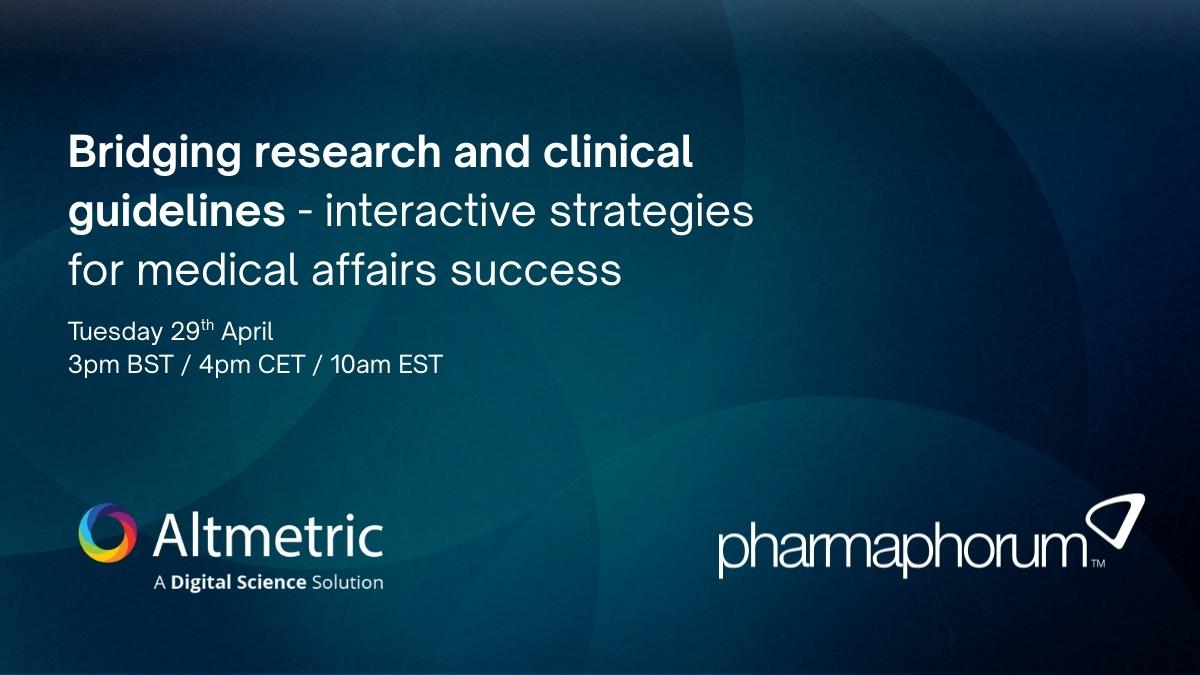Transforming drug development with statistical methodologies

The product development lifecycle is long and challenging. Whether it is translational research or clinical research, there are numerous obstacles in the design and management of a study and evaluation of the data.
The ability to analyse data generated by translational and clinical research using statistical analytics and computational simulations can profoundly and positively impact development outcomes. However, statistical analysis should not be carried out in a silo; rather, it is important that these are understood in the context of the regulatory environment, and therefore having regulatory experts provide context is crucial to supporting this analysis.
Quantitative methods can be applied in many different ways. The most widely applicable uses of these methods are the design of clinical trials and to optimise the benefit and risk of a drug on a patient. These methods are also highly applicable in the context of precision medicine, specifically identifying patient subgroups most likely to benefit from a particular drug. Another application is pharmacogenomics analysis, which can be used to understand factors impacting benefit or risk and to identify patient subgroups.
Clinical trial efficiency
Adaptive clinical designs are gaining momentum as developers look for ways to make trials more efficient. In 2019, the US Food and Drug Administration (FDA) introduced its guidance document on adaptive designs for clinical trials, demonstrating support for such approaches by the regulators1.
Adaptive trials allow for modifications to be made during the trial without requiring additional approvals. According to the FDA’s guidance, “in some cases, an adaptive design can provide a greater chance to detect a true drug effect (i.e., greater statistical power) than a comparable non-adaptive design.”
This is beneficial both to the sponsor – by enabling more efficient trials – and to the patient, by reducing their exposure to trials that would be unlikely to benefit them. By allowing the trial to be run with fewer patients, sponsors can make better use of resources2.
Such designs are, however, complex and often use Bayesian methods that call for computationally intensive simulations3. This data-driven approach allows analysts to explore the different design schemes and make informed decisions as to which trial design would be most optimal. To contextualise the findings, the analysis ideally should be undertaken by statistical specialists who are able to work collaboratively with regulatory experts to ensure any decisions align with regulatory strategies and relevant guidelines from the health authorities.
Leveraging RWE to inform trial design
In recent years, regulatory authorities have been more supportive of sponsors exploring the use of real-world evidence (RWE) enabled by real-world data (RWD) to demonstrate their drug works4.
RWD allows statisticians to leverage not only the data of patients in clinical trials but also to use RWE to inform trial design, offering another tool to enable sponsors to create more efficient clinical trials.
Breakthroughs with artificial intelligence and machine learning can further support the analysis, ultimately making trial design and drug development more efficient, less costly, and more likely to succeed.
Applying statistical analysis to risk-benefit
Statistical analysis can also be applied to the broader objective of risk-benefit.
One notable area is immunogenicity assessments. Measurement of the antibodies against the drug is crucial with therapeutic protein products, which could induce an immune response and potentially neutralise the activity of the drug5. Sponsors, therefore, need to be able to accurately quantify this response and be able to identify when a subject can be considered positive to antidrug antibodies. Statistical analytics can help to assess the safety and efficacy of these drugs on individual patients.
Separately, pharmacogenomics analysis in clinical trials can inform the selection or dosing of some medications for certain individuals. With advances in human genomics, it is now possible to use vast amounts of data to understand human biology and disease biology to inform drug discovery as well as to support clinical trial design.
By using whole genome sequencing and genotyping of clinical trial participants, it may be possible to predict how they will respond to a treatment, which would allow sponsors to stratify patients into subgroups to determine the right dosage6. Analysts can leverage pharmacogenomics data to assess whether a drug has a higher-than-expected rate of adverse events and understand the factors associated with that. That might help a sponsor stratify their patient population so those likely to respond adversely are not included in the trial.
Alternatively, it may be possible to demonstrate that a larger patient population responds similarly in terms of the benefit and risk profile of the product. That would allow the sponsor to demonstrate to the regulators that their drug works consistently in the population it is proposing to target.
For sponsors with a product targeted at very large population groups, the issue might be more about reimbursement. Payers may ask for data to demonstrate which patient subgroups are most likely to benefit, and again genomic research can help to pinpoint those subgroups.
Advanced statistical genomics, biomarker statistics, and computational biology could, therefore, help to speed up drug development, improve regulatory outcomes, provide support when working with payers, and assist with patient outcomes.
Conclusion
Statistical analysis can transform the drug development and trial design process, but it is an enormously complex field. It involves vast amounts of data and requires expertise in statistics, genomics, biology, pharmacology, clinical, and regulatory. Nevertheless, by adopting a holistic approach, sponsors can take advantage of the power of statistical analytics and computational biology to transform the drug development process.
References
- Adaptive Design Clinical Trials for Drugs and Biologics Guidance for Industry, FDA, 2019. https://www.fda.gov/regulatory-information/search-fda-guidance-documents/adaptive-design-clinical-trials-drugs-and-biologics-guidance-industry
- Adaptive designs in clinical trials: why use them, and how to run and report them, BMC Med, Jan 2018. https://bmcmedicine.biomedcentral.com/articles/10.1186/s12916-018-1017-7#citeas
- Recent innovations in adaptive trial designs: A review of design opportunities in translational research, J Clin Transl Sci, Apr 2023. https://pmc.ncbi.nlm.nih.gov/articles/PMC10260347/
- Real-World Evidence, FDA. https://www.fda.gov/science-research/science-and-research-special-topics/real-world-evidence
- Immunogenicity Assessment for Therapeutic Protein Products, FDA guidance. https://www.fda.gov/media/85017/download
- Next-generation sequencing in drug development: target identification and genetically stratified clinical trials, Drug Discovery Today, Oct 2018. https://www.sciencedirect.com/science/article/pii/S1359644618300400
Disclaimer:
The information provided in this article does not constitute legal advice. PharmaLex, and its parent Cencora, Inc., strongly encourage readers to review available information related to the topics discussed and to rely on their own experience and expertise in making decisions related thereto.












